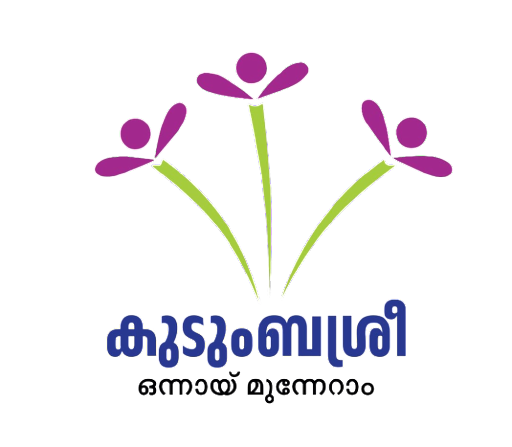- Project description and objective
Smart Agri Villages (SAV) are the elevated models showcasing sustainable and self reliant farming systems that encompasses all integrated approaches for ventilating a multitude of concepts viz., poverty reduction, food and nutritional security, natural resource conservation, livelihood diversification through agri-preneurships etc. The broader perceptive enables limitless opportunities that ranges from innovative enterprises to geographical indexing of products, let alone farm tourism. Buoyant by the examples of successful precedent endeavors, this proposition objectively submits a larger dream. The main components of this integrated system can be,
- Adoption of efficient cropping systems
- Organic farming and demo plots
- Fish farming with other integrated cropping systems
- Bio-pharmacies for OM production
- Kitchen gardens/terrace cultivation for food security
- Agro clinics for crop protection
- Farmer field schools
- Common facility centres
- Formation of farmer collectives
- Creation of labour banks
- Converged line institutions
- Eco preservation models
- Value addition units/Agri business ventures
- Branding and Marketing outlets with cold storages
- Unique crops/practices for geographical indexing
- Livestock for added income, nutrient recycling
- Biogas units for energy production
- Machines/technologies for next level economic easiness
- Farm tourism/stay
The above band is not complete but an imperfect description of components which has elasticity as the geographical boundary or typic parameters can not be set or specified for the area of definite action but rather rational selection footing on need or potential or confidence. The integral fractions can vary also by locale dominance or preference or uncontrolled selection. Continuously supplementing and complementing parts within the system and its functionality monitoring is vital for success.
- Background
Farm livelihood sector of Kudumbashree has been on traditional tracks for past some years. Recently a paradigm shift aiming at higher order of economic activity through multifarious ventures were initiated, simultaneously attempting on strengthening the fundamental vitalities and values of the farming community. This has proved to be a success, weighed by the response from the community which subsequently emulated the visions of self reliant farming societies.
- Implementing entity and key partners
Krishi Sanghams (JLGs) of Kudumbashree in collaboration with line institutions that are to support the farm livelihood sector in ways more than one by means of extending technical, financial, social, extension and advisory services. This would include central, state, public/private sector, cooperatives and other allied agencies.
- Key target beneficiary population
The targeted beneficiaries within the system include predominantly weaker and poor sections of the women farming community. All categories, irrespective of any difference, who are interested farm livelihood activities and can contribute to the system build and cycling process will fill the beneficiary pool. Unexploited skills or talents, those having easy access to rare or abundant resources, socially and economically upgradable in the sense that attitude or passion for livelihood endeavors etc will inevitably become looped in the mobilization process.
- Expected outcomes
Anticipated sequels can be generally categorized as below
- Economic empowerment- A dynamic system where the farmers earnings are elevated through various farm activities and enterprises that are independent or interlinked and also by reducing or eliminating all possible limiting factors of economic growth.
- Social empowerment-Creation of autonomy and self-confidence, individually and collectively through institution and capacity building for sutainable development
- Ecological empowerment-Community led indigenous and participatory social systems for eco preservation, upholding the concept of ecofeminism.
- Key Indicators of achievement
The indicators of agricultural and sustainable rural development be selected rationally looking into its impact on development, tooling of large number of indicators without examining the 'agricultural sense of the data may lead to paradoxical results. The data analysis for achievement should necessarily be a comparative study in a validation mode. The near future opportunities that have surfaced evidently out of the present activities can also be taken into account for the success. While selecting indicators one should also avoid duplication of information and they should be precise, comprehensive and must represent totally true picture of the agricultural development. However some key indicators can be,
Economic indicators
- Increase in cropping area and crop intensity
- Enhanced production and productivity
- Increase in income of farmers and entrepreneurs
- Monetary realisation through convergence
- Bank linkage and repayment capacity
- Per capita availability of land and income etc
Ecological indicators
- Fertilizers and pesticides used
- Waste management systems
- Soil and water conservations methodologies
- Reduced pollution hazards
- Water use efficiency etc
Social indicators
- Relative social capital hike
- Increase in assets, living conditions and opportunities
- Distribution of wealth and reduction in poverty
- Increase in farm based individual and group ventures
- food self-sufficiency
- equality in food and income distribution among farmers
- access to resources and support services
and farmers' knowledge and awareness of resource conservation etc
















